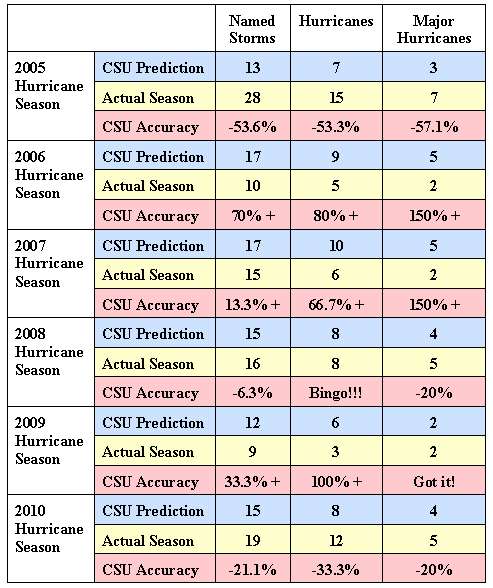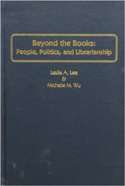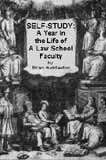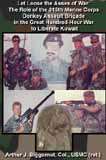Full blog post...
Tuesday, December 21, 2010
Thursday, December 16, 2010
Duelling Henry James Quotes in the New York Time
It was deja vu, all over again. I read last Sunday's New York Times article about Bernardo Bertolucci the other day, and it starts out his quoting a passage from a Henry James story, "The Middle Years":
Explanation? I'll have to defer to someone I'm much more likely to quote myself instead of Henry James:
Full blog post...
“We work in the dark — we do what we can — we give what we have. Our doubt is our passion, and our passion is our task. The rest is the madness of art.”A great line about artistic endeavor. So great, another writer used it in another article. I only just finished the book review section, and in the concluding essay, "Working on the Ending", by Gail Godwin, she uses the same quote, albeit without the great last line about madness:
“We work in the dark — we do what we can — we give what we have. Our doubt is our passion, and our passion is our task.”Was this a recent quote of the day on some desk calendar? It was also used in the Times a few weeks ago, in an article about a museum opening, at which the quote was recited by a speaker. But besides this recent cluster, this quote has only appeared four times since 1981 in the NYT, and only once prior to that, according to their archives search.
Explanation? I'll have to defer to someone I'm much more likely to quote myself instead of Henry James:
A star fall, a phone call
It joins all
Synchronicity
It's so deep, it's so wide
You're inside
Synchronicity
Effect without cause
Sub-atomic laws, scientific pause
Synchronicity
Full blog post...
Labels:
Henry James,
New York Times,
Sting,
The Police
Wednesday, December 15, 2010
CSU Hurricane Predictions: A Six-Year Track Record Summary
The 2010 Hurricane Season ended two weeks ago. Since then, like every year, I have not seen a post-season review of how well the hurricane prognosticators at Colorado State University did. I’m sure someone somewhere is tracking this, but the Times-Picayune, the local TV stations and the national media all seem to take a pass on this or, at the very least, do not give it the same prominence they give to the original predictions when they come out in the Spring.
So, as a public service, here, all in one handy chart, are the CSU predictions for the past six hurricane seasons, and the statistics for what actually happened in each season. (The sources for the CSU predictions are the rote news stories that come out each April when they announce their initial predictions; the data for the seasons themselves come from the obsessively-detailed summaries of each season at Wikipedia.)
2005-2010 Hurricane Seasons: CSU Predictions vs Reality

Of course, their predictions are usually not to far off the historic averages, so a 20% error of margin when they predicted four major storms for 2010 and we actually had five belies what you could argue was a pretty good effort.
When these predictions are publicized each year, they are given weight like they have an impeccable, infallible body of evidence and methodology behind them when they’re really what our former mayor C. Ray “School Bus” Nagin called S.W.A.G: a Scientific Wild-Assed Guess. You can see how random some of these "predictions" are by looking at the two years after the 2005 season: after completely under-“estimating” everything about that season, they over-compensated for the 2006 and 2007 seasons and guessed that there would be more named storms, hurricanes, and major hurricanes than actually occurred that years.
The bottom line is only a third of the time are these predictions within a margin of 25% accuracy, and this is for an annual six-month season of fairly well-understood meteorological phenomena. And yet we also give similar weight to other wild-assed predictions of a much less understood phenomena: the cause and effect of variations in numerous factors that may or may not impact global temperatures over the course of the next several decades.
Full blog post...
So, as a public service, here, all in one handy chart, are the CSU predictions for the past six hurricane seasons, and the statistics for what actually happened in each season. (The sources for the CSU predictions are the rote news stories that come out each April when they announce their initial predictions; the data for the seasons themselves come from the obsessively-detailed summaries of each season at Wikipedia.)
2005-2010 Hurricane Seasons: CSU Predictions vs Reality

Of course, their predictions are usually not to far off the historic averages, so a 20% error of margin when they predicted four major storms for 2010 and we actually had five belies what you could argue was a pretty good effort.
When these predictions are publicized each year, they are given weight like they have an impeccable, infallible body of evidence and methodology behind them when they’re really what our former mayor C. Ray “School Bus” Nagin called S.W.A.G: a Scientific Wild-Assed Guess. You can see how random some of these "predictions" are by looking at the two years after the 2005 season: after completely under-“estimating” everything about that season, they over-compensated for the 2006 and 2007 seasons and guessed that there would be more named storms, hurricanes, and major hurricanes than actually occurred that years.
The bottom line is only a third of the time are these predictions within a margin of 25% accuracy, and this is for an annual six-month season of fairly well-understood meteorological phenomena. And yet we also give similar weight to other wild-assed predictions of a much less understood phenomena: the cause and effect of variations in numerous factors that may or may not impact global temperatures over the course of the next several decades.
Full blog post...
Labels:
global warming,
hucksterism,
hurricanes
Deaccessioning Gone Wild
The catalogers at this library are a little too exuberant in their weeding duties:

I found this in a random “weird pictures” feature at some news site, and then did a TinEye image search, through which the second hit was to a blog that had another image of it:

And which had a subsequent link and said it was an installation by an artist named Alicia Martin, who apparently works pretty exclusively in the medium of books, with further information about this installation says it was in Cordoba, Spain, with yet more images.
That blog ultimately led to a Spanish-language news story and several more pictures.

Yes, its a slow night at the reference desk with exams in full swing and little motivation on my part for slogging away at another CALI Lesson.
Full blog post...

I found this in a random “weird pictures” feature at some news site, and then did a TinEye image search, through which the second hit was to a blog that had another image of it:

And which had a subsequent link and said it was an installation by an artist named Alicia Martin, who apparently works pretty exclusively in the medium of books, with further information about this installation says it was in Cordoba, Spain, with yet more images.
That blog ultimately led to a Spanish-language news story and several more pictures.

Yes, its a slow night at the reference desk with exams in full swing and little motivation on my part for slogging away at another CALI Lesson.
Full blog post...
Labels:
libraries
Wednesday, December 8, 2010
NYC Radio: December 8, 1980
I had the MP3 of this at one time, and might still have it, but I found it online and thought I would post it here today.
After John Lennon was killed thirty years ago, someone randomly tuned his FM stereo up and down the dial and recorded bits and pieces of what was being broadcast that night in New York city.
After John Lennon was killed thirty years ago, someone randomly tuned his FM stereo up and down the dial and recorded bits and pieces of what was being broadcast that night in New York city.
Subscribe to:
Posts (Atom)



